Perhaps the boldest experiment in housing urbanism in Soviet history. So called “City inside a city”.
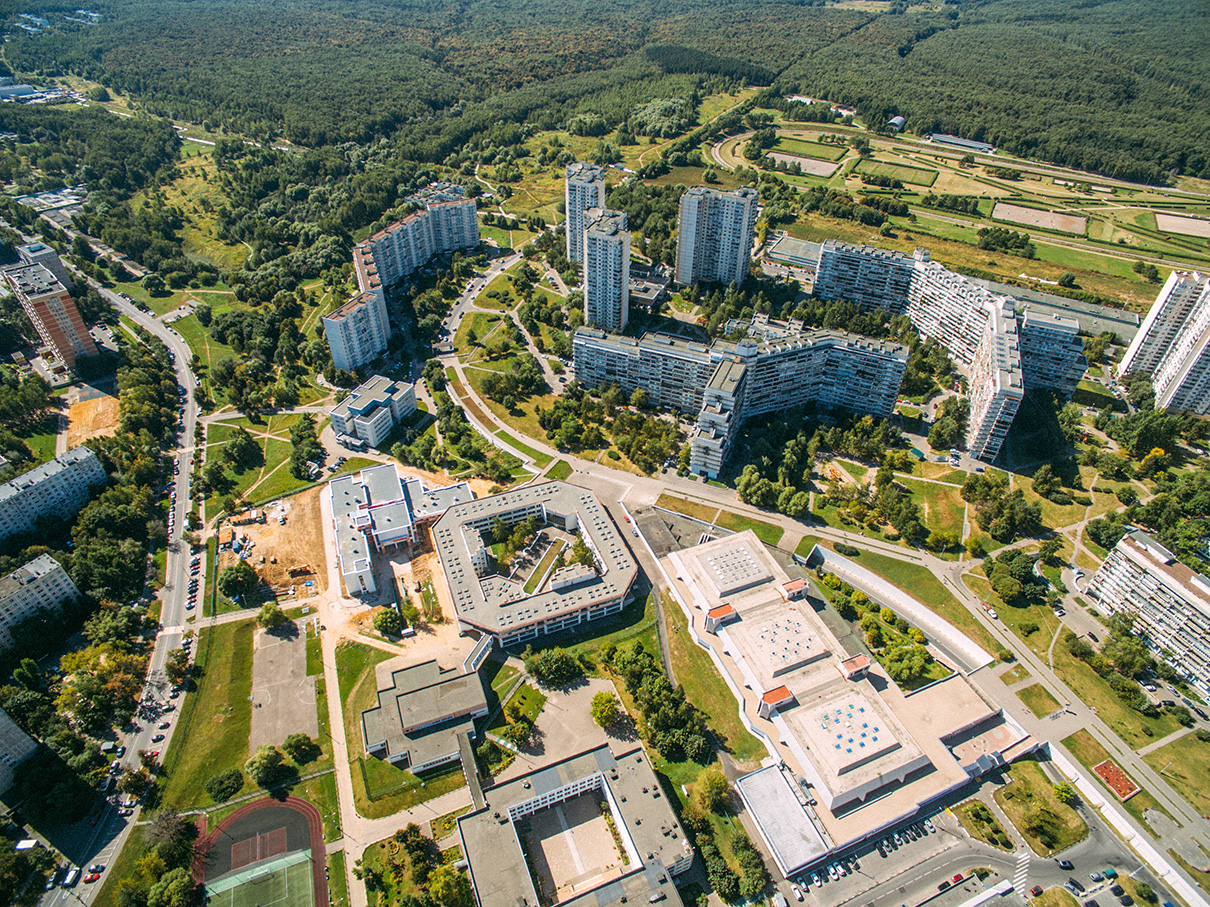
Construction of North Cheartanovo began in 1972 and ended in 1985. Using the most progressive urbanist concepts of the era and various advanced construction techniques, It was supposed to serve as the prototype for all future Soviet cities.
The goal of the project was to create a fully self-sufficient city with it’s own stores, schools, social services etc., all within walkable distance from your home. It would feature many forward-thinking ideas such as underground parking and vacuum garbage chute system. The district would provide affordable housing for more than 20 thousand people.
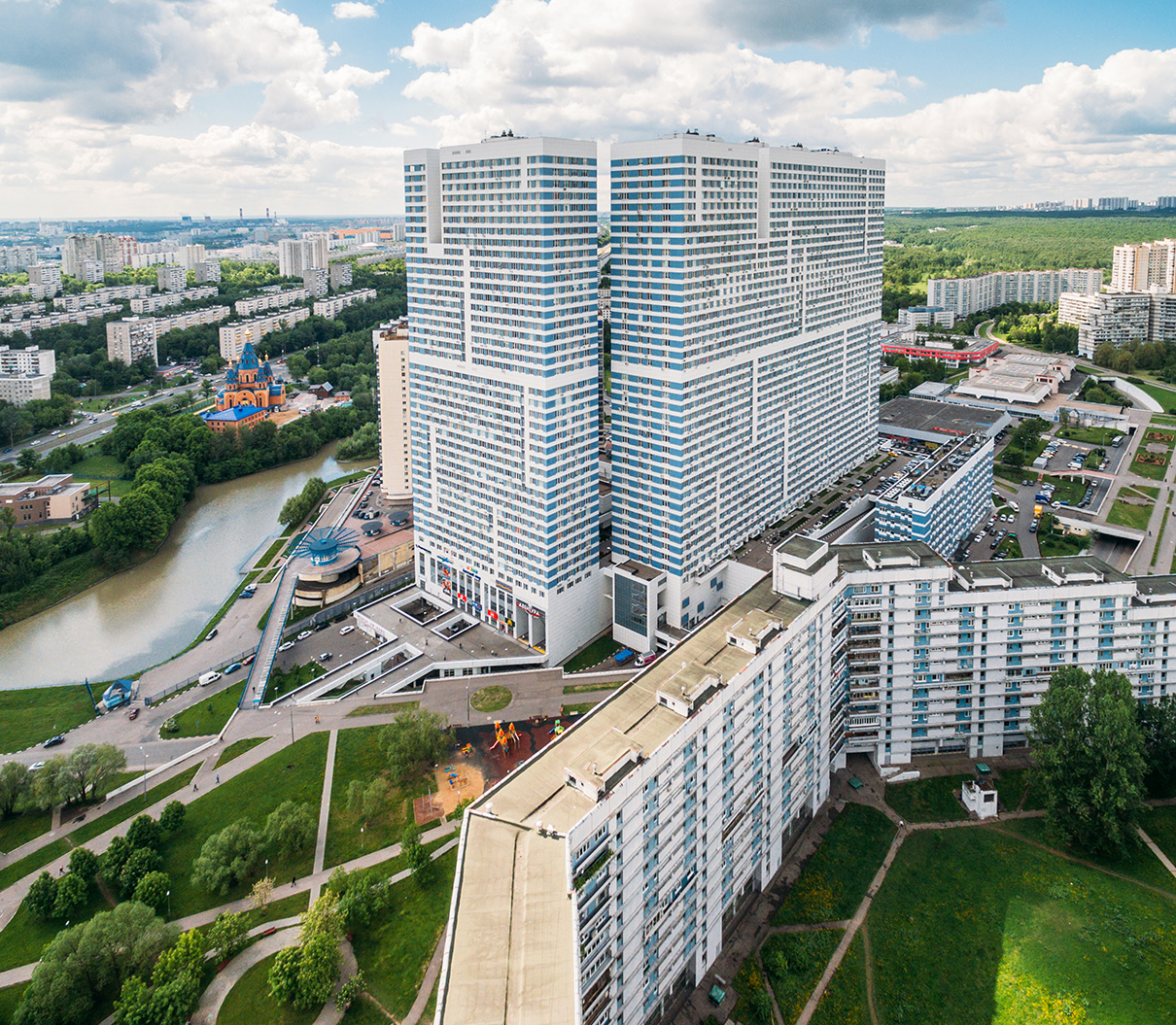
North Cheartanovo was designed as a fully pedestrian-oriented city with a series of walkways, bike lanes, over and underpasses connecting the entire place together. The district is surrounded by a ring road where cars can enter or leave underground parking spaces. People can get from underground parking directly to their houses above.
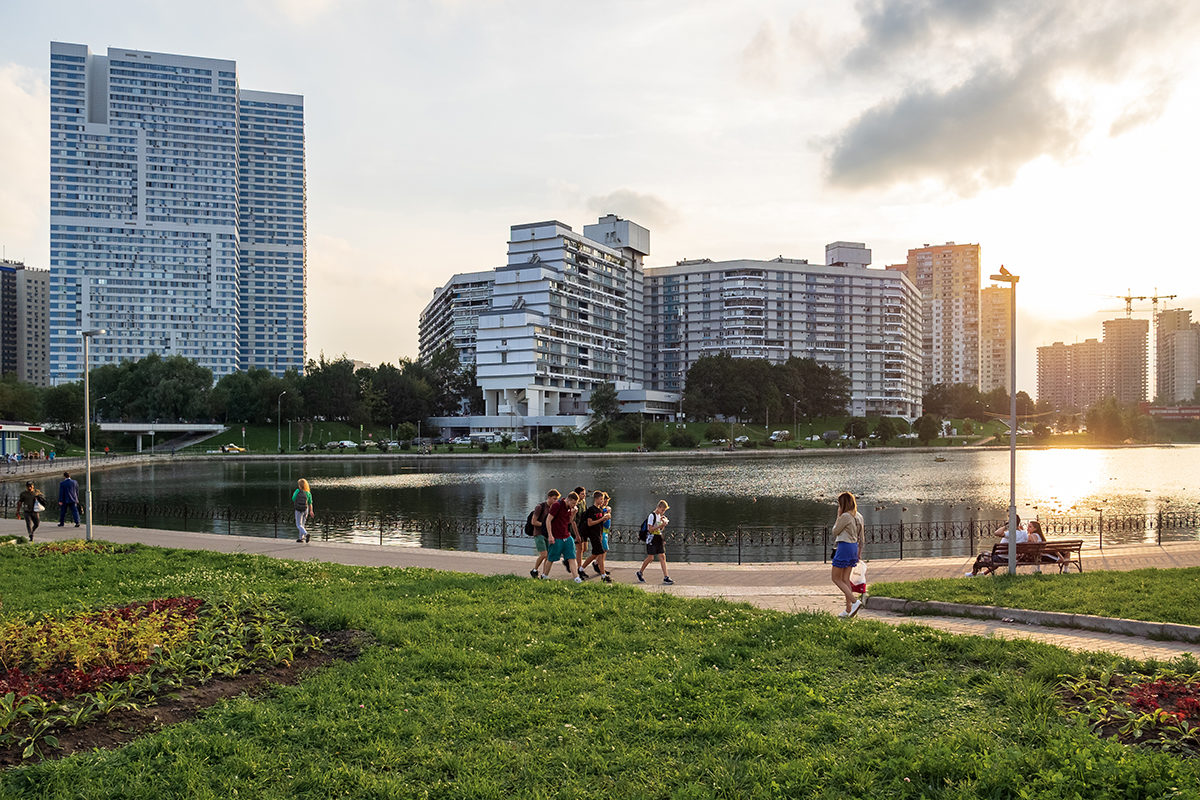
The district is a perfect example of Soviet Modernism. Buildings follow brutalist style with it’s long, uninterrupted stretches of grey concrete, sharp angles and simple geometric forms.
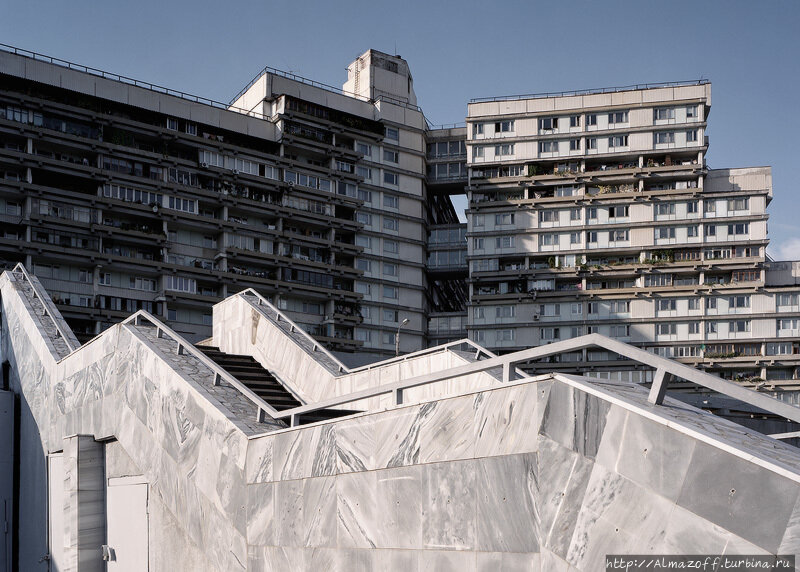
Apartment buildings are constructed around large green spaces with parks, communal gardens and play areas.
One interesting feature of the districts is it’s many artificial green hills. The main purpose of these hills was to create a more tranquil and natural looking environment for the residents. From certain angles, it may appear like building almost “morph” into (or grow out of) surrounding nature.
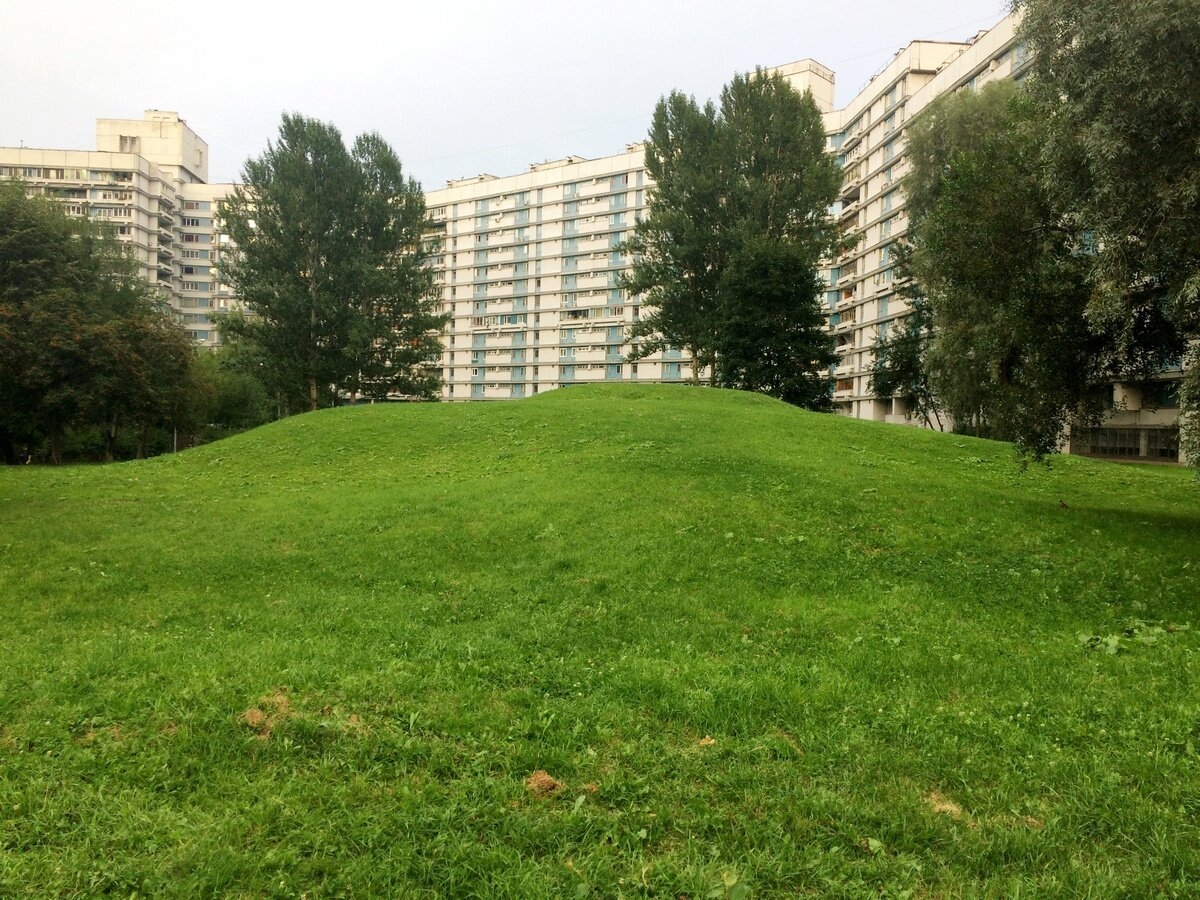
It’s unique and striking designs made the district a very popular filming location for many Russian movies (to the great displeasure of local residents).
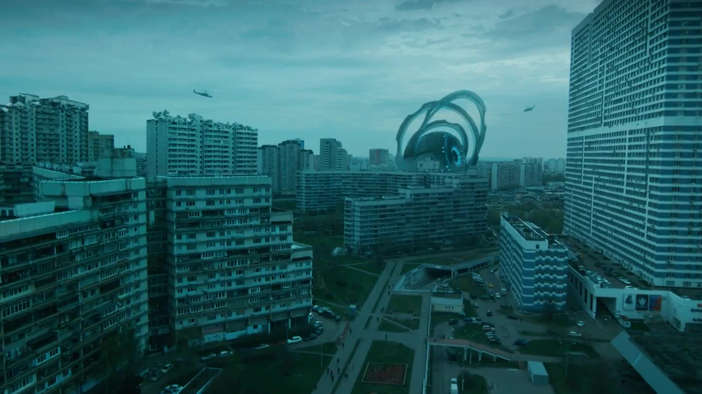
Unfortunately, due to economic crisis of the 1980s and, later, dissolution of the Soviet Union, North Chertanovo was never fully completed. However, it is still considered one of the best places to live in Moscow and is commonly praised as a huge success of Soviet urbanism.
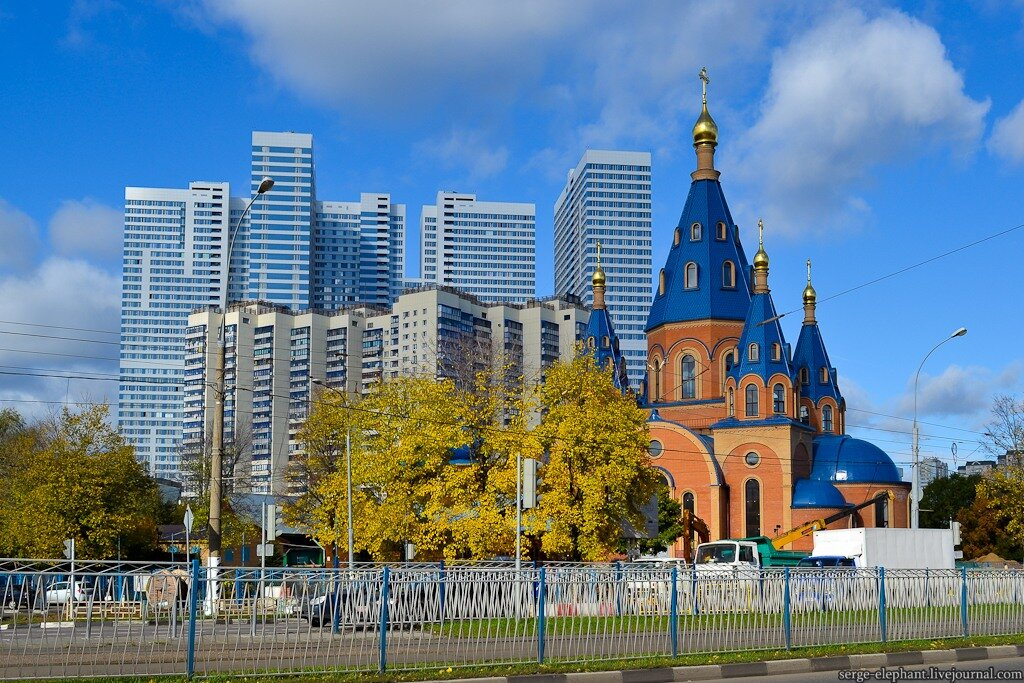
Thank you for reading.

